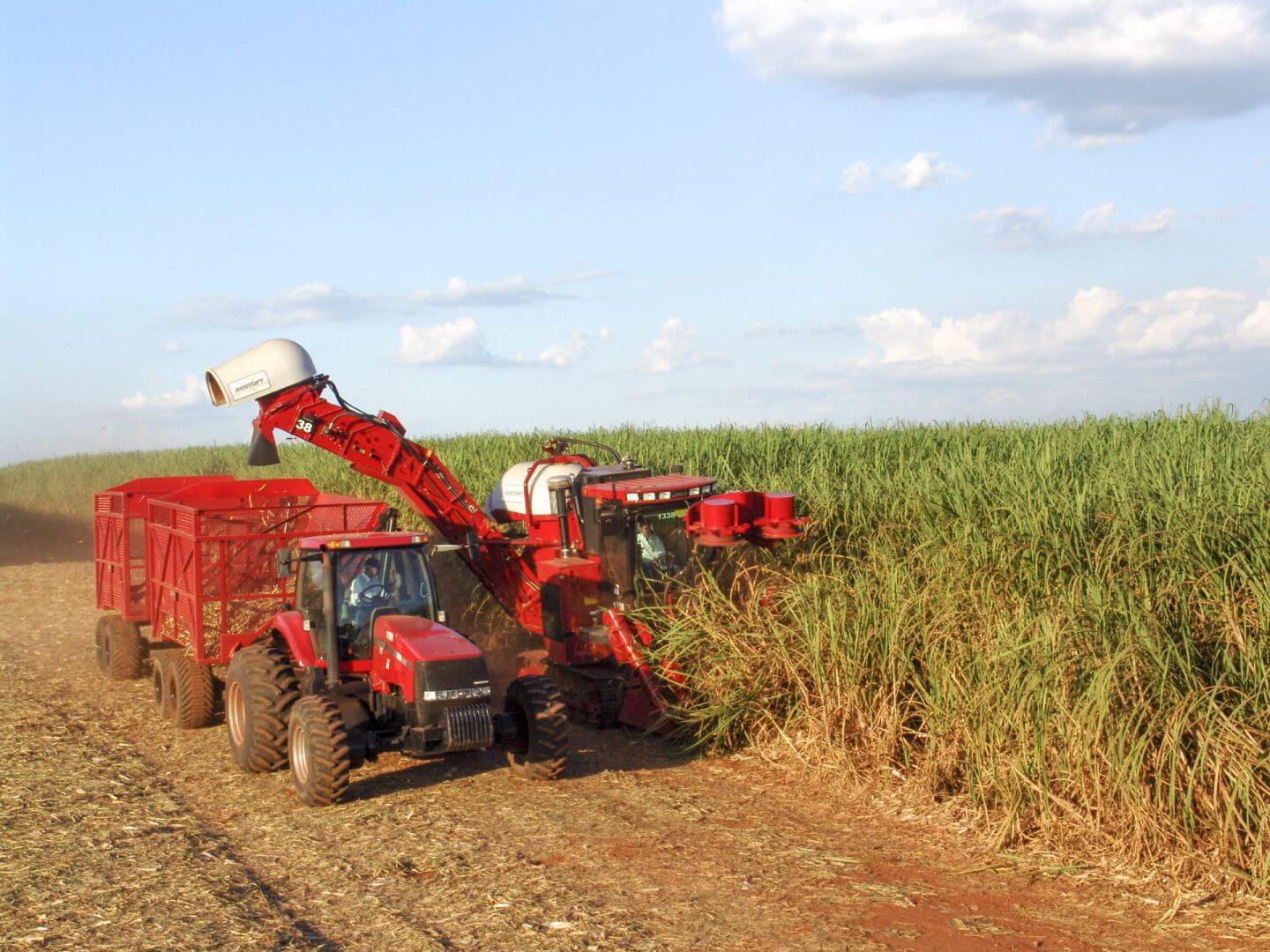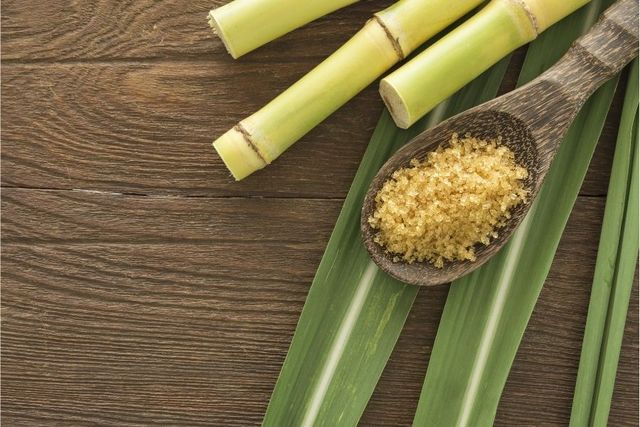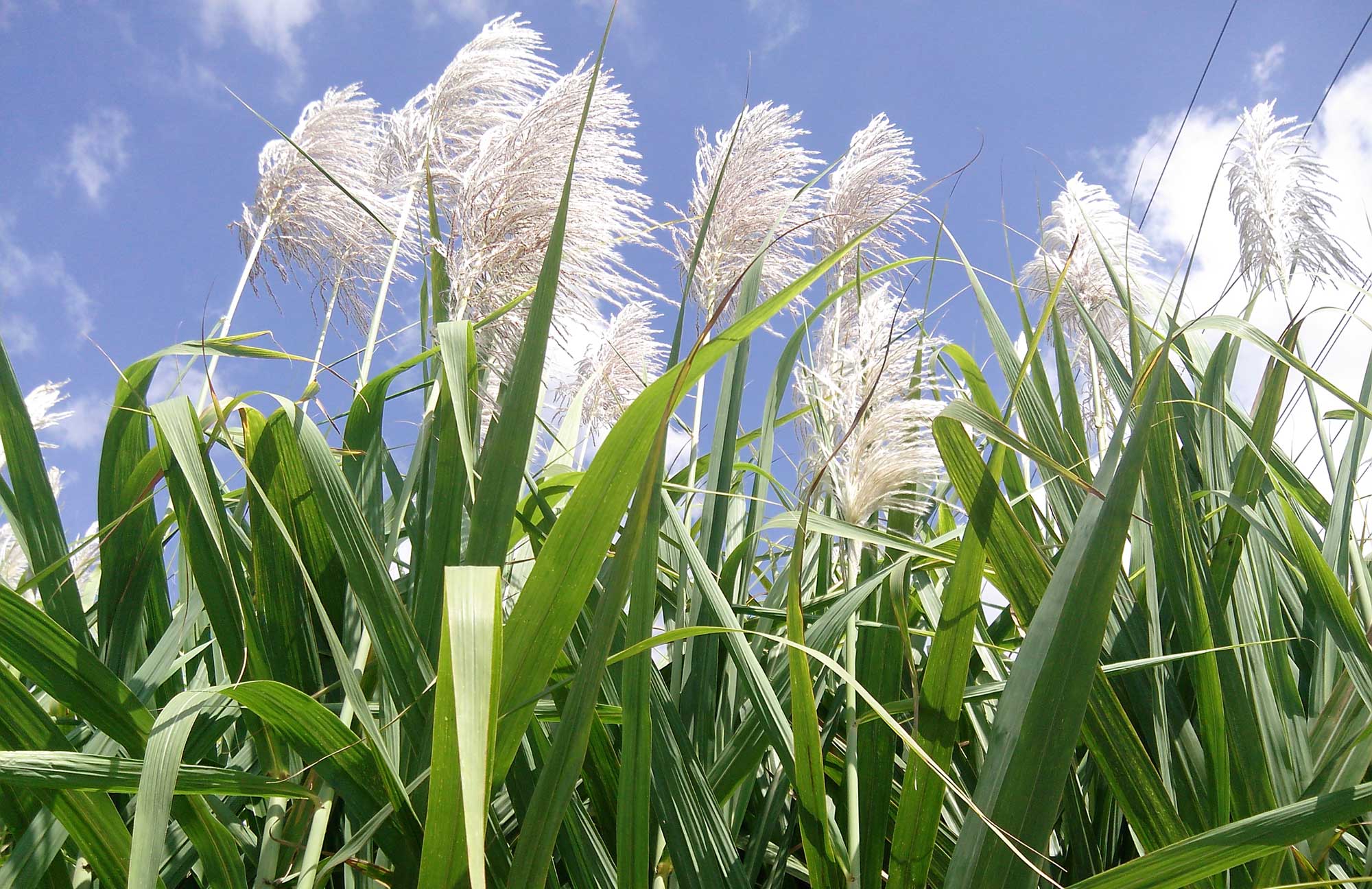Recognizing Exactly How Sugar Canes Work: What Are Sugar Canes Utilized For in Food and Beyond?
Sugar walking sticks are important to different elements of both culinary and industrial techniques. Their adaptability allows them to be changed into sugar, beverages, and even biofuels. As one discovers the journey from cultivation to processing, the diverse applications of sugar walking canes disclose an intricate interaction between farming and market. The effects of sugar cane production extend past mere energy, elevating questions concerning environmental sustainability and economic effect.

The Background and Origin of Sugar Canes
Although typically considered given in modern-day diet regimens, the background and origin of sugar walking canes disclose an intricate trip that covers thousands of years. Native to Southeast Asia, sugar walking cane was initial cultivated around 8000 BCE, with its wonderful juice becoming very valued by early civilizations. By the very first millennium advertisement, it infected India, where it was refined right into crystallized sugar, a remarkable technology that transformed its use and profession. The intro of sugar walking cane to the Mediterranean took place around the 7th century, many thanks to Arab investors, who acknowledged its financial potential.During the Age of Expedition, European colonists established sugar ranches in the Caribbean, considerably affecting worldwide trade. By the 17th century, sugar ended up being a staple asset, sustaining economic situations and affecting social structures. The tale of sugar canes is intertwined with farming, business, and cultural exchanges, noting its relevance in forming modern financial systems and cooking practices.

Growing and Gathering Practices
The cultivation and harvesting of sugar canes include several essential methods that determine the top quality and return of the plant - What Are Sugar Canes Used For. Secret elements consist of efficient dirt prep work techniques, specific planting techniques, and reliable gathering approaches. Recognizing these methods is important for optimizing manufacturing and making sure sustainability in sugar cane farming
Dirt Preparation Strategies
Effective dirt prep work methods are vital for effective sugar cane farming, as they lay the structure for healthy and balanced growth and perfect return. The process begins with dirt testing to evaluate nutrient levels and pH balance, permitting tailored amendments. Raking and tilling are after that utilized to damage and aerate the dirt up compaction, boosting root penetration. Integrating natural issue, such as compost or well-rotted manure, enhances soil fertility and framework. Additionally, appropriate water drainage systems are critical to stop waterlogging, which can prevent cane development. Cover cropping may additionally be utilized to reduce weeds and boost dirt health and wellness. These practices collectively ensure that sugar walking cane has the best environment to prosper, leading to robust plant health and wellness and raised productivity.
Planting and Growth
Successful planting and growth methods are vital for taking full advantage of the yield of sugar cane. The procedure starts with selecting healthy seed walking canes, which are segments of fully grown stalks abundant in buds. These seed walking sticks are usually planted in well-prepared soil, ideally at a deepness of 4 to 6 inches, ensuring sufficient dampness and aeration. Sugar walking cane prospers in cozy environments with sufficient sunshine and requires constant watering, specifically during dry spells. Fertilization with potassium, phosphorus, and nitrogen is important to advertise durable development. Weed control is likewise vital, as competition can impede development. Normal surveillance of plant wellness and soil conditions permits prompt treatments, ultimately causing an effective plant that satisfies market demands.
Collecting Techniques
Harvesting sugar walking cane needs careful preparation and execution to assure maximum return and top quality. Usually, the harvest takes place when the cane gets to optimal sugar content, usually between 12 to 18 months after growing. There are 2 key techniques: manual and mechanical harvesting. Hand-operated harvesting involves workers utilizing machetes to cut the stalks at ground degree, ensuring marginal damage to the plant and dirt. In contrast, mechanical harvesting employs specialized devices that cut, cut, and deliver the walking stick, increasing effectiveness and lowering labor prices. However, mechanical techniques can result in greater soil compaction and loss of nutrients. No matter the technique, timely harvesting is necessary, as hold-ups can cause decreased sugar top quality and raised susceptibility to insects and conditions.
Processing Techniques for Sugar Removal
The handling of sugar cane is a vital phase in sugar production, including several key techniques - What Are Sugar Canes Used For. Collected walking stick undergoes juicing and squashing to remove its sweet liquid. This juice then proceeds through purification and condensation, transforming it into the sugar most frequently made use of today
Collecting Sugar Walking Stick
Sugar walking cane collecting marks an important stage in the manufacturing process, where timing and strategy play necessary roles in maximizing return. Commonly, the harvest takes place when sugar material goes to its height, which differs based upon climate and growth problems. Employees utilize specialized equipment or guidebook devices to reduce the cane at the base, making certain marginal damage to the plant. Appropriate strategy is crucial; cutting too high can decrease the high quality and amount of the sugar extracted later on. After reducing, the cane has to be transferred immediately to refining centers to avoid wasting and sugar degradation. The performance of the harvesting process substantially affects the general performance and success of sugar walking cane farming, making it a key emphasis for producers.
Crushing and Juicing
When sugar walking cane is gathered, the next important action includes juicing and crushing to extract the pleasant fluid which contains sucrose. This procedure normally utilizes hefty equipment designed to crush the stalks, breaking down the coarse framework and launching the juice. Mills or rollers use significant stress, enabling the walking stick juice to drain while dividing the coarse deposit, recognized as bagasse. As soon as crushed, the cane is often subjected to a series of pushing stages to make best use of juice extraction. The gathered juice is rich in sugar and might have contaminations, which will be addressed in later handling steps. Generally, squashing and juicing are vital methods that change collected sugar cane right into a liquid type suitable for further improvement.
Purification and Condensation
Purification and condensation are crucial procedures in changing raw cane juice right into polished sugar. After extracting juice from crushed sugar walking sticks, the fluid consists of impurities such as plant proteins, minerals, and fibers. To attain filtration, the juice undertakes explanation, where warm and lime are included to precipitate contaminations, which are then removed. The cleared up juice is then concentrated via evaporation to develop a thick syrup.Next, formation occurs, where sugar crystals develop as the syrup cools. This process commonly includes seeding the syrup with existing sugar crystals to advertise uniform development. The resulting crystals are separated from the continuing to be molasses via centrifugation, producing pure sugar. This refined product is after that dried out and packaged for different cooking uses.
Culinary Uses of Sugar Canes
While frequently connected mainly with sweeteners, sugar canes supply a functional variety of culinary applications past their role in sugar manufacturing. Fresh sugar walking stick can be juiced, generating a pleasant, invigorating beverage appreciated in lots of tropical areas. This juice acts as a base for cocktails and shakes, adding a distinct flavor profile.Additionally, sugar walking stick syrup, originated from steaming down the juice, is utilized as a natural sweetener in different recipes, from sauces to desserts. The syrup imparts an abundant, caramel-like flavor, enhancing both tasty and wonderful recipes.In some cuisines, sugar walking cane stalks are barbequed or baked, supplying an unique smoky preference that enhances meats and vegetables. Furthermore, sugar walking stick can be integrated right into desserts, such as candies and desserts, where its sweetness and read the full info here coarse structure develop wonderful contrasts. Generally, sugar canes add to both ingenious and standard culinary creations across diverse societies.
Industrial Applications Past Food
Past their cooking usages, sugar walking canes play a significant role in various commercial applications, adding to fields such as bioenergy, paper manufacturing, and bioplastics. The coarse product of sugar walking cane is utilized in the production of biofuels, especially ethanol, which serves as an eco-friendly energy source that lowers reliance on fossil gas. In the paper industry, bagasse, the fibrous deposit left after juice extraction, is refined right into pulp for paper and cardboard manufacturing, promoting lasting methods by making use of waste. Additionally, innovations in bioplastic innovation have resulted in the advancement of naturally degradable plastics obtained from sugar walking stick, providing an environment-friendly option to conventional petroleum-based plastics. These commercial applications not only boost the value of sugar walking canes yet likewise align with global movements towards sustainability and renewable sources, showing their versatility beyond the kitchen.

The Environmental Effect of Sugar Cane Production
The production of sugar walking cane, in spite of its numerous commercial benefits, postures considerable environmental difficulties. Logging is typically a repercussion, as vast locations of land are gotten rid of to cultivate sugar walking cane, causing habitat loss and biodiversity decrease. Additionally, the extensive farming practices connected with sugar walking stick cultivation can lead to dirt deterioration and erosion. The heavy use chemicals and plant foods to make best use of yields contributes to water air pollution, adversely impacting water ecosystems.Moreover, sugar walking stick manufacturing is connected to increased greenhouse gas exhausts, especially via land-use changes and the burning of walking cane areas prior to harvest. These methods not just influence air top quality however additionally add significantly to environment adjustment. Additionally, the water-intensive nature of sugar walking stick farming locations tension on neighborhood water resources, influencing communities and environments reliant on these products. Attending to these environmental effects is vital for sustainable sugar cane production in the future.
Frequently Asked Questions
Are There Wellness Conveniences Linked With Consuming Sugar Walking Cane?
The concern of health advantages connected to sugar walking stick consumption highlights possible benefits. Sugar walking stick may provide hydration, important minerals, and anti-oxidants, but small amounts is essential because of its natural sugar material and possible health effects.
Just How Does Sugar Walking Stick Contrast to Various Other Sweeteners Nutritionally?

Sugar cane supplies all-natural sweetness, largely consisting of sucrose, while various other sugar vary in make-up and calorie content. Contrasted to fabricated choices, sugar walking cane offers minerals and vitamins, though it stays high in calories and carbs.
Can Sugar Walking Stick Be Expanded in Non-Tropical Areas?
Sugar cane largely prospers in tropical environments, needing bountiful rainfall and cozy temperature levels. While some non-tropical regions attempt farming, success is limited as a result of inadequate heat and growing seasons, making large manufacturing challenging.
What Are the Usual Insects or Diseases Impacting Sugar Canes?
Common pests influencing sugar walking canes include the sugarcane borer and aphids, while conditions like leaf scald and red rot posture significant threats. Efficient administration approaches are crucial for keeping healthy and balanced sugar cane crops and optimizing returns.
Exactly How Does Sugar Walking Cane Impact Resident Economies?
The influence of sugar cane on neighborhood economic climates is considerable, providing work opportunities, boosting farming markets, and adding to exports. Its cultivation enhances and supports local services area development with boosted revenue and framework renovations. Native to Southeast Asia, sugar cane was first cultivated around 8000 BCE, with its pleasant juice coming to be very valued by very early civilizations. The introduction of sugar try here walking stick to the check my reference Mediterranean happened around the 7th century, thanks to Arab investors, that identified its financial potential.During the Age of Expedition, European colonists established sugar plantations in the Caribbean, substantially influencing global trade. The processing of sugar walking cane is an essential stage in sugar manufacturing, including several essential techniques. While typically associated largely with sugar, sugar walking canes provide a versatile range of cooking applications beyond their duty in sugar manufacturing. The hefty use of fertilizers and chemicals to make best use of yields adds to water contamination, adversely influencing water ecosystems.Moreover, sugar cane manufacturing is linked to boosted greenhouse gas discharges, specifically with land-use adjustments and the burning of cane fields prior to harvest.